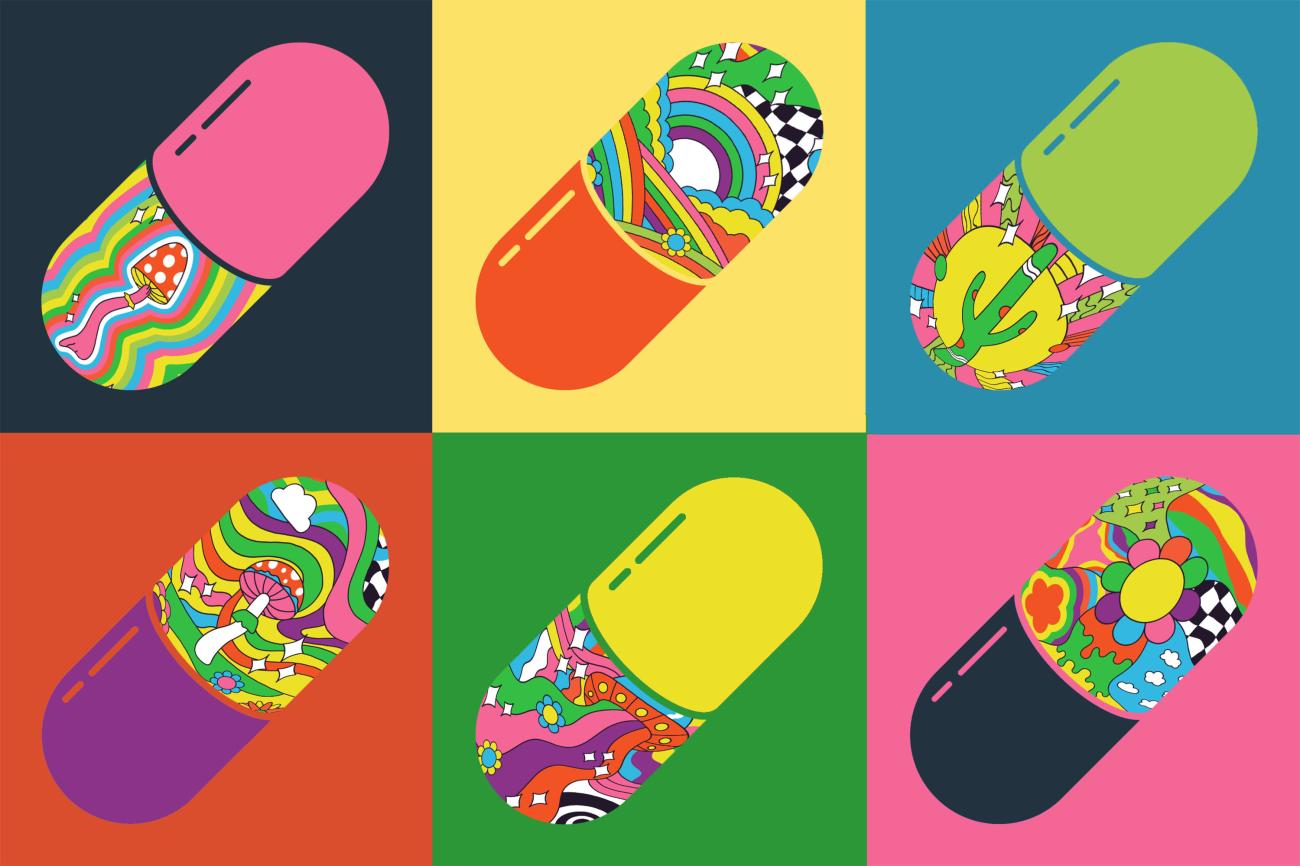Psilocybin research collaboration is moving toward deeper work on neuroplasticity and addiction, new delivery systems that improve control, and tighter partnerships that publish shared data at speed. Institutions that plan for these shifts will be ready to launch studies that answer clear clinical questions and pass review.
Emerging study areas in neuroplasticity and addiction
Research teams are focusing on how psilocybin interacts with neural circuits that shape mood, cognition, and reward. The next wave of studies is mapping the time course of structural and functional changes so dosing and therapy windows align with measurable biology.
Neuroplasticity priorities
- Time course mapping
Labs are charting how markers of plasticity change from hours to weeks after dosing. Common targets include synaptic density proxies, oscillatory patterns, and cortical excitability. The aim is to link these signals to outcomes so protocols can pick the right windows for therapy sessions and follow up visits. - Circuit level specificity
Work is moving past global effects to network level questions. Teams are pairing functional imaging with symptom scales to see which circuits track improvement in depression or anxiety. This supports better endpoint selection and stronger blinding plans. - Dose response clarity
Groups are running multi arm designs that compare low, moderate, and higher doses with matched therapy time. The goal is to find dose ranges that trigger useful plasticity without pushing adverse events. - State dependent learning
Investigators are testing how supportive therapy, music, and task based interventions interact with the acute and post acute windows. This research maps practical steps a clinic can repeat while keeping conditions consistent.
Addiction treatment priorities
Addiction studies are expanding across alcohol, nicotine, and stimulant use disorders. Teams are designing trials that combine psilocybin dosing with structured therapy and craving management.
- Cue reactivity and craving
Imaging and psychometrics during cue exposure help link subjective craving with circuit level shifts. This work guides the timing of therapy tasks and shows sponsors where to place primary and secondary endpoints. - Relapse rate tracking
Trials are building longer follow up windows to track relapse patterns. Sponsors are pairing digital check ins with lab visits to collect steady data while keeping burden low. - Comorbidity planning
Protocols are screening for depression or PTSD so analysis can stratify outcomes. This reduces noise in small samples and supports cleaner signals.
New delivery systems under review
Dose form choice shapes blinding, pharmacokinetics, and site workflow. The field is widening past simple capsules to formats that refine time to onset and duration.
Oral solid dose
Capsules and tablets remain common for controlled trials. They support content uniformity, stable blinding, and pharmacy handling. Work now focuses on excipient systems that influence release without creating erratic absorption. Sponsors are asking for dissolution data that tie into observed onset and offset.
Sublingual and buccal films
Thin films and lozenges can shorten onset and reduce first pass metabolism. Teams are validating content uniformity at low mass, adhesion properties, and palatability across placebo and active arms. Blinding needs close attention since mouthfeel can differ. Sponsors are running sensory panels under pharmacy supervision to reduce unmasking.
Liquid dose
Solutions and suspensions allow fine titration but require strict controls for stability and microbial limits. Sites need clear SOPs for storage and beyond use dating. Some groups prefer unit dose vials to cut handling risk and support chain of custody.
Modified release concepts
Multiparticulate systems and coated tablets are under study for staged release. The aim is smoother pharmacokinetics that fit therapy session timing. These designs demand robust in vitro in vivo links so regulators and IRBs can review claims with confidence.
Placebo and active control planning
Delivery innovation only helps if blinding holds. Programs are pairing matched flavors, colors, and excipients so placebo units mirror active units on taste and mouthfeel. Some trials add active placebos with mild perceptual effects to support blinding while keeping safety tight.
Opportunities for academic industry co publishing
Collaboration grows when partners publish methods and results that other teams can use. Co publishing turns supplier knowledge and academic rigor into shared references that speed reviews and grant work.
Shared methods and validation
Academic labs and suppliers can co publish analytical methods for key analytes and related compounds. This includes system suitability ranges, calibration models, and inter lab reproducibility. When a method is public and validated, tech transfer moves faster and reviewers have a standard to cite.
Dose form and stability reports
When a new dose form is introduced, a short report on stability, content uniformity, and dissolution gives sites a reference for pharmacy setup. These papers do not reveal proprietary processes. They present data ranges, storage conditions, and performance over time that support safe handling and predictable dosing.
Safety and tolerability datasets
Pooling de identified safety data across small studies helps characterize adverse events and management steps. Academic ethics boards and clinical teams benefit from a clear view of expected events, timing, and mitigation. Sponsors benefit from fewer surprises at startup.
Therapy interface work
Teams can publish how session timing and supportive therapy pair with different pharmacokinetic profiles. This helps standardize schedules for preparation, dosing, and integration visits. It also supports training and site selection.
At the point of protocol design and document review, we coordinate technical support and method files through Rose Hill Life Sciences so collaborators have what they need to qualify materials and write methods sections that pass audit.
Closing invitation to co develop next steps
The path forward in psilocybin research collaboration is clear. Focus on neuroplasticity and addiction with endpoints that match circuit level signals. Select delivery systems that fit blinding, pharmacokinetics, and pharmacy workflow. Publish shared methods, stability data, and safety profiles so peers can build on solid ground.
Institutions can act now with a planning checklist that keeps projects on track.
- Define the core question
Pick a primary endpoint that links to a measurable biological or behavioral signal. Map secondary endpoints that deepen the story without diluting power. - Match dose form to operations
Choose the route and format that your pharmacy can handle with confidence. Confirm content uniformity, labeling, and storage conditions early. - Plan blinding
Run a blinding assessment with sensory checks under controlled conditions. Document how placebo matches active units and how unmasking will be handled. - Align methods and data
Lock in analytical methods, calibration standards, and acceptance ranges. Set data collection windows that capture acute and post acute effects. - Map permits and logistics
Start permits in parallel with IRB work. Build a shipping plan with temperature ranges, data loggers, and seal checks. Keep retain samples and a reconciliation log. - Set a writing plan
Outline what will be shared after study completion. Short method notes or safety summaries help the field move and support future grant work.
Academic and industry partners share the same goal. Run studies that produce clear, reproducible results and convert into care pathways. Collaboration that starts with tight plans and open methods will keep trials on time and data sets strong. If your team is ready to scope a protocol or update a design, connect with partners who can match dose form, blinding, and logistics to your endpoints. A practical plan today sets the stage for the next study and builds the references the field needs.




